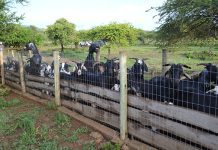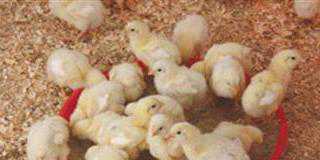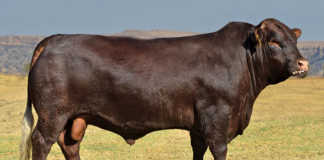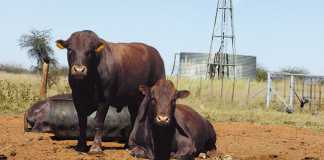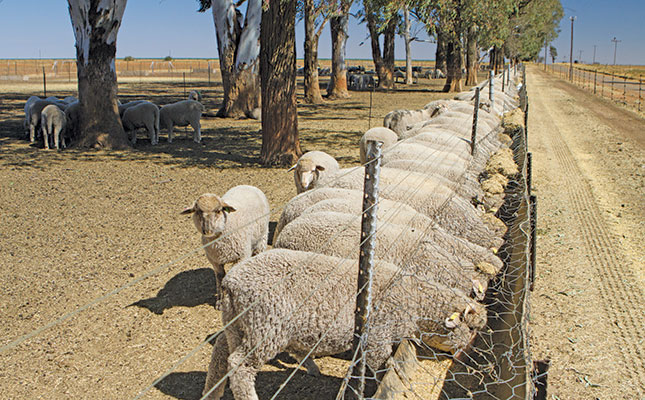
Fencing helps protect everything on your property, from your plants to your cattle. A good fence will keep predators away from your crops, animals, and equipment, and will also prevent animals from wandering. This is particularly important for producers who keep goats and sheep on their land.
READ Breeding top Angora goats in the Southern Cape
Sheep are notoriously vulnerable to predators. They’re also easily spooked and can run away at the slightest noise if they’re not fenced in. A proper fence will keep wild animals away from your sheep, and is sturdy and flexible enough to withstand any ram or ewe who tries to charge the fence line.
While sheep tend to be anxious animals, goats are just the opposite. They’re not afraid of what’s beyond the fence; in fact, they’ll stop at nothing to see what’s on the other side. Fencing for goats needs to be tall enough to prevent them from jumping over, and must have a small mesh pattern to prevent the animals from climbing or getting their heads stuck in the fence.
READ How to manage a lambing pen system effectively
Keeping these things in mind, what kind of fence is ideal for sheep and goats? To answer that question, let’s look at some popular types of fencing. Here follows a description of some of the most common fencing options for sheep and goats.
Types of Fencing
Woven wire
Woven wire fencing is a great option because it offers the following benefits: strength, flexibility, and climbing prevention. We recommend choosing woven wire fencing that uses an ‘S’ knot where the wires intersect, as well as one that uses a mesh pattern with holes of 10cm² or smaller.
Cattle panels
At first glance, cattle panels may look like woven wire fences. However, unlike the latter, which must be unrolled along the fence line during installation, cattle panels are large, rigid rectangles that you simply secure to each fence post. This fencing comes in various heights and lengths, so if you go for this type, make sure you choose a panel tall enough to keep your jumpiest goats contained.
READ Biosecurity: your first line of defence against disease
Electric fencing
Electric fencing is also a popular option for farmers with particularly mischievous goats or sheep. This type of fencing can be a very effective deterrent for goats who want to jump over or crawl under the fence. Electric fencing can also keep your sheep safely away from the fence line and prevent any wild animals from getting too close.
Fencing considerations
Choosing the right fence is all about finding the ideal combination of strength, durability and flexibility. However, it’s also about finding the material that best protects your sheep or goats.
Think about your animals’ unique temperaments, and select fencing that will best prevent the type of mischief they’re most likely to get up to. Of course, there are other elements to consider when building your fence to keep it sturdy (and standing) for years to come.
These include:
Spacing
If you opt for wire fencing, it is important that you make sure the fence squares are no larger than 10cm² in size. This size is small enough to prevent a goat from sticking its head through, which is critical, because if a goat can get its head through a fence, it can likely escape.
This fence spacing can also be a lifesaver for a goat with horns, who may be able to get their heads out of the fence, but not back in. Opting for 10cm² spacing (or smaller) is the best way to keep your goats safe, no matter how much they butt their heads against those wires.
Fence posts
Goats like to rub against walls and fences, and that means your fence posts will be dealing with some extra pressure from time to time. Therefore, you need to make sure they are sturdy and installed carefully.
READ Sexed semen: a game changer for Damara stud
Use corner posts that are 15cm to 20cm in diameter and install them to a depth of at least 1m into the ground. If you’re using T-posts along the fence (and you should be), make sure they are positioned at least 0,5m into the ground to prevent movement if a goat leans on them or a sheep charges into them.
Finally, be sure to install your fence material on the inside of the posts to prevent the fasteners from loosening due to animal pressure.
Gates
If you want to be able to access your sheep or goat enclosure, you’ll need to install a gate in the fence. However, it’s important to remember that goats have been known to open gates.
You can prevent your goats from “freeing” all the animals in the enclosure by placing latches on the outside of the gate and installing the gate so that it swings inwards.
And of course, there is one final tip to help you keep your goats and sheep inside their enclosures: make sure everything they need is inside the pen. If your animals have all the food, water and shelter they require inside the fenced area, they are less likely to try to get out to explore what’s on the other side.
Red Brand is a US-based company that offers a line of premium agricultural fencing products. For more information, visit redbrand.com.






